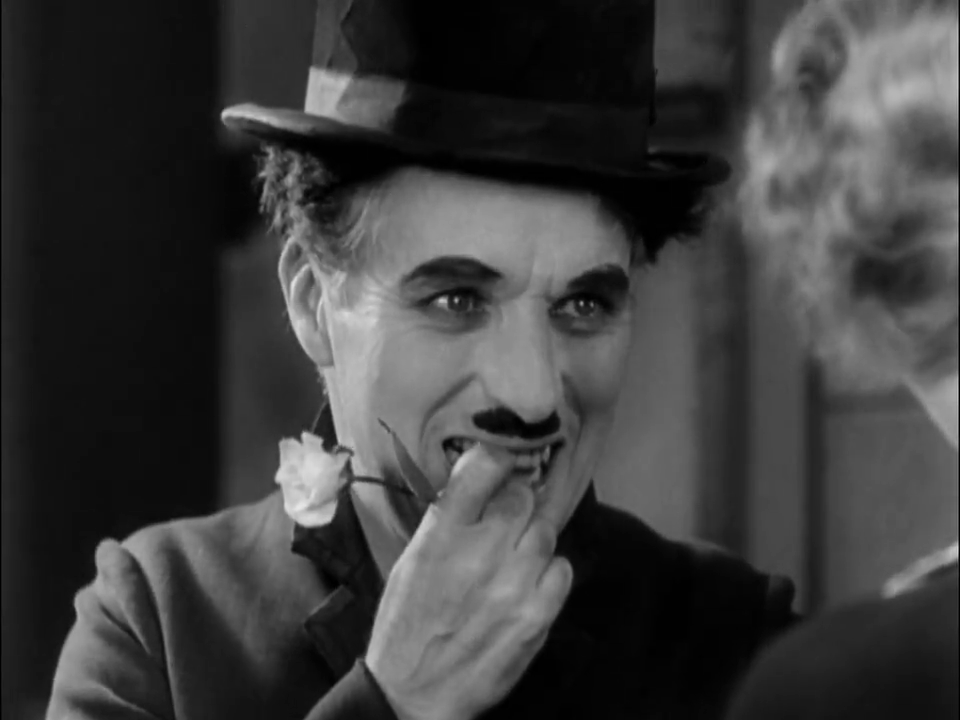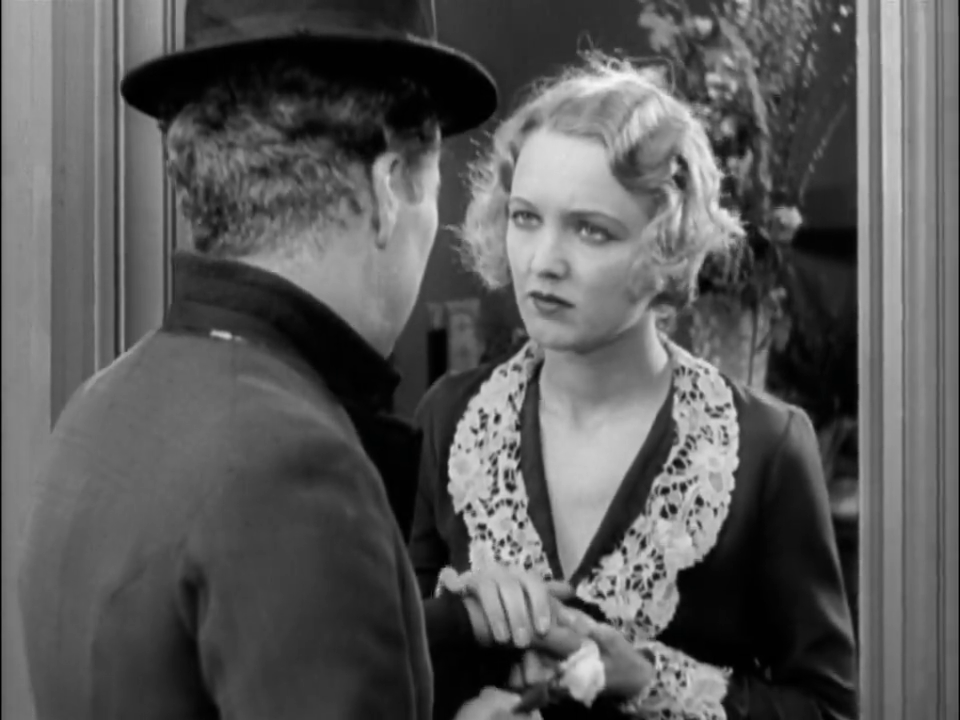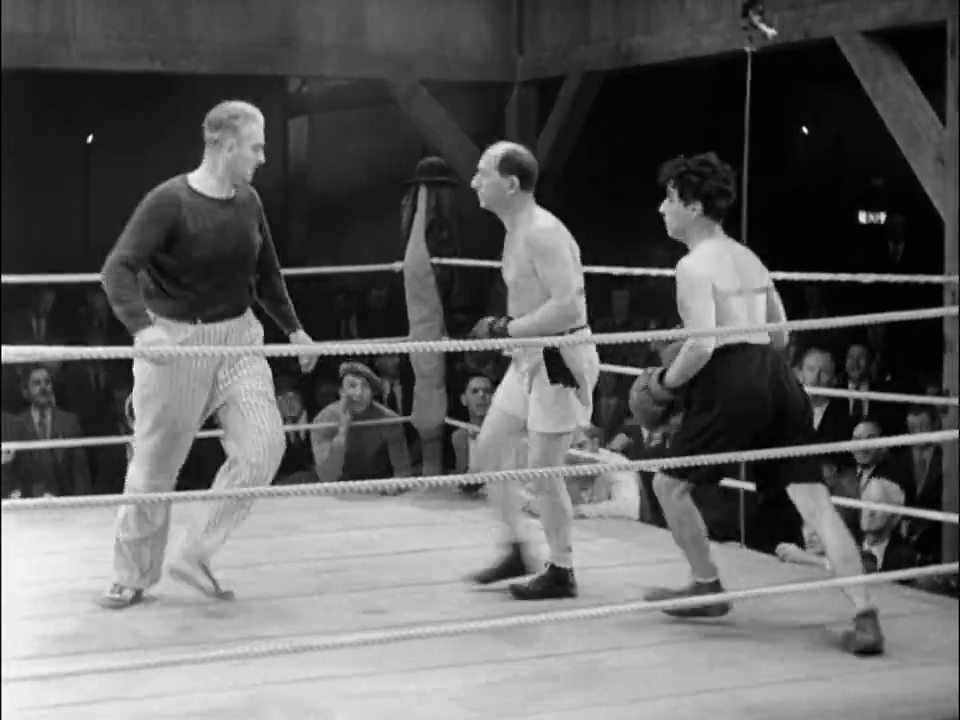|
Genres, Themes, Actors, and Directors:
- Blindness
- Charlie Chaplin Films
- Do-Gooders
- Homeless
- Millionaires
- Mistaken or Hidden Identities
- Romance
- Silent Films
Response to Peary’s Review:
Peary writes that this “hilarious, poignant comedy masterpiece by Charles Chaplin” is an “exquisite, infinitely rewarding film”. He names it Best Picture of the Year in his Alternate Oscars, where he notes that Chaplin “intended his new picture to be a tribute to the art of pantomime and in the vanguard of a new wave of nontalking films” — including a “soundtrack with his own truly exceptional score and sound effects”. While he was wrong (he took an expensive, $2 million gamble), it “received tremendous critical acclaim and did exceptionally well at the box office”. In Alternate Oscars, Peary writes that the world presented in City Lights is “confusing” and “topsy-turvy” — a place where “the most dignified, noble character is a tramp, where the person with the most money wants to kill himself while a man without anything tells him about the joys of life”; indeed, the “identities of both people and props are in question”. He details the many comedic instances in which props are not what they seem: confetti becomes mixed with spaghetti; Chaplin “almost cuts into a man’s bald head that he thinks is a plate of food”; Chaplin “washes his face with cheese instead of the soap that finds its way into a coworker’s sandwich”; and “the blind girl unravels the tramp’s shirt when she mistakenly thinks she’s rolling string”. Adding to this confusion, Chaplin almost constantly has “characters’ arms, hands, and legs interlock, almost as if the characters are hugging, dancing, or wrestling with one another”.
Cherrill’s performance — notoriously earned through hundreds of hours of gruelling retakes — shows authentic pathos, and Chaplin is at the peak of his game: his “Little Tramp retains his pride and dignity despite the constant humiliations he endures”, though “sadly, few recognize the beauty that is in him.” The numerous slapstick sequences are exquisitely choreographed: Chaplin’s perfectionism as a writer, director, editor, and actor paid off. Among many memorable scenes are Cherrill tossing water unknowingly in Chaplin’s face (knowing how hard he worked her, this is especially satisfying to watch); Chaplin gallantly interrupting a passionate nightclub dance that he assumes is domestic violence; the humorously choreographed boxing match, which plays to viewers’ ongoing sense that the referee up there in the ring will surely get hurt one day; and, of course, the tear-jerking ending in which Cherrill recognizes the Tramp’s true identity.
Redeeming Qualities and Moments:
- Charlie Chaplin as The Tramp

- Virginia Cherrill as The Girl

- Many memorable moments


- Chaplin’s carefully choreographed and synchronized score and sound effects
Must See?
Yes, as an enduring classic.
Categories
(Listed in 1001 Movies You Must See Before You Die)
Links:
|





One thought on “City Lights (1931)”
First viewing. A once-must for Chaplin fans; optional for others.
Surprisingly, I hadn’t seen this until now. But then, as I’ve said before, I’m not much of a Chaplin fan. I’m much more in the Buster Keaton camp, when it comes to this era of comedy. Maybe the difference between strong Chaplin fans and strong Keaton fans is something like the difference between the Catholics and the Protestants – without placing a judgment on either sect: both groups share a central core but its the specifics that separate them. 😉
Not that I discard Chaplin altogether, of course – but the pleasure value is on a case-by-case basis. This particular film, I find, is a very basic Chaplin work. It’s light-hearted, episodic (though slightly hinged on a plot of sorts) and – esp. since the intent was a salute to pantomime – bearing a humor largely of the past.
Some moments are fun due to Chaplin’s timing – i.e, the mistaking of confetti for spaghetti and a few others. But there’s also a heavily calculated quality – the kind Keaton steers clear of.
I did like the idea of the suicidal millionaire – esp. his not remembering who Chaplin is when he’s not drunk. And some of the extended boxing sequence is fun (esp. when it seems more spontaneous).
I can’t imagine what would require “hours of grueling retakes” for the leading lady (!). What the script asks of the role seems simplicity itself, one would think.
It’s true that the concluding sequence is charming – it’s the scene I liked best.